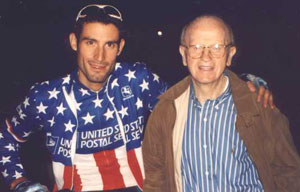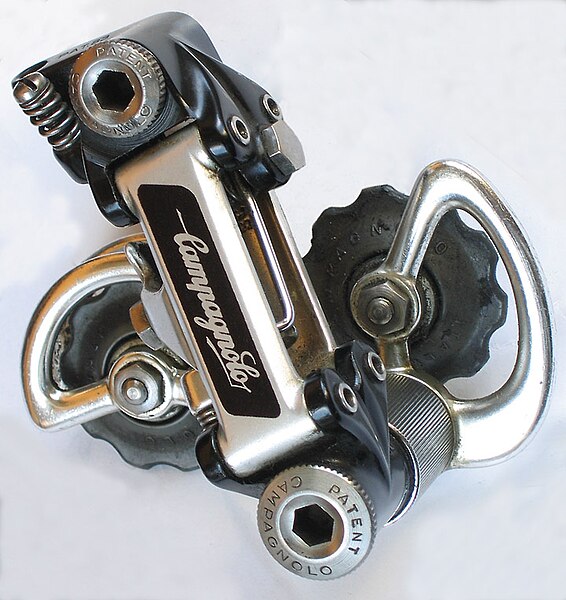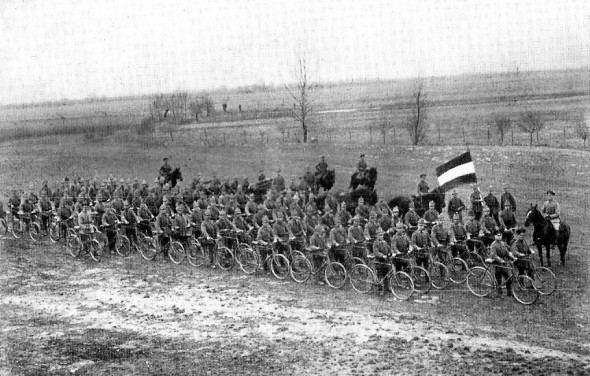The last
time I rode to Connecticut, I made a wisecrack about how the Swiss boarding
schools might still be teaching good manners after all. Well, I saw evidence of that today when—you
guessed it—I rode to Connecticut.
I was
riding—coasting, actually—down the same street that prompted my quip. Although there wasn’t a street fair, a lot
of people were there, shopping in the boutiques—and walking around with the
frappucinos they got in Starbuck’s. (I guess the coffee purveyor is the
street’s concession to mass market!)
Even though I was controlling myself, I was going at a pretty good clip,
as the street slopes downward.
| Sign on a shared path in Perth, Australia. Photo by Jo Beeson. From ABC News Australia. |
A man
stepped into the street, his back turned to me.
He was talking to a woman who I assume is his wife. Both were dressed in a similar sort of
high-dollar casual way. As they talked,
they stepped into the street. The woman,
a step or two behind him, tried to pull him back. I rang my bell and shouted non-obscenities. (I
guess I was trying to show that you don’t have to go to a Swiss boarding school
to learn good manners!) I couldn’t
steer out of his path, as not more than the thickness of my glove separated me
from a line of cars descending to my left.
I hit my
brakes—and him. Well, not quite
hit: It was more than a graze, but I
careened off his rear left side. He
staggered a couple of steps but didn’t fall.
I stopped.
Before I could ask whether he was OK, he intoned, “I’m sorry. I’m so sorry.”
“I’m sorry.” I meant it. It’s the sort of street lots of people cross without looking, and the drivers seem to anticipate it. If I could have steered out of his way, I would have. It’s useless, really, to scream at pedestrians in such a place.
“I’m really,
really sorry.”
“Are you
OK?” I finally asked.
I took off
my sunglasses. He looked into my eyes. I
waited for him to cross. He flicked his
right hand. “After you,” he said with a
deferential smile.
“Have a good
day,” I said.
“Likewise.”
They really
do teach good manners in Swiss boarding schools—or Deerfield or Andover or Groton
or wherever he went to school. Or maybe he’s just a gentle, polite man. Whatever the case, I really couldn’t be
angry. And, to tell you the truth, I
didn’t want to be: It was a beautiful day and I was having a great ride.









